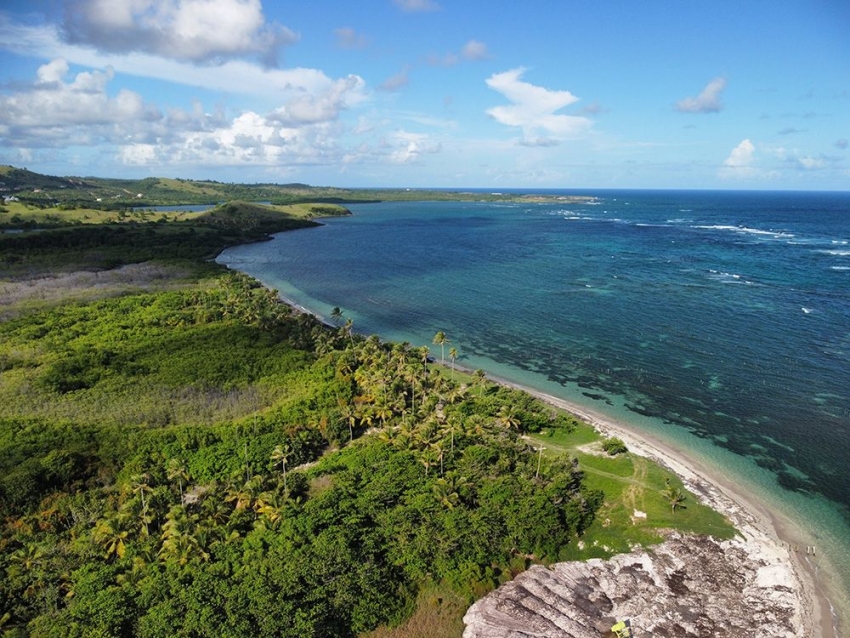The initiative, which falls under the Department of Sustainable Development, forms part of a broader effort to restore and manage ecosystems along the island’s southern and southeastern coasts.
The project, officially launched this week, is being spearheaded by the Caribbean Natural Resources Institute (CANARI) and supported by multiple stakeholders across government, civil society, and local communities. Speaking at the launch, Acting Executive Director at CANARI, Anna Cadiz-Hadeed, described the event as “the formal kickoff of this five-year project” and a chance to reconnect with those who helped shape it during its development phase.
“We really wanted an opportunity to bring all of the partners and stakeholders, especially those who worked really hard with us during the project preparation phase, which took a few years to bring us to this moment,” Cadiz-Hadeed explained.
She continued: “It’s really about reintroducing and reorienting the project to everyone, breaking it down component by component so that people can see themselves in the project.”
The initiative falls under the SIDS (Small Island Developing States) Restoration Flagship Project, which builds on previous work conducted under the Southeast Coast Project.
According to Deputy Chief Sustainable Development and Environment Officer Samanthia Justin, the project’s area of focus will extend from Mandalay Point in Dennery to Laborie, covering a significant stretch of the island’s vulnerable coastline.
“The SIDS Restoration Flagship Project will focus on ecosystem restoration. We’re going to be looking at the areas on the southeast coast that are degraded and put a plan in place where we will have interventions that look at restoring those areas,” Justin said.
Both the newly launched project and the existing Southeast Coast Project aim to involve the same stakeholders, partners, and community members. Justin emphasised the importance of local engagement in the success of both initiatives.
“We’re hoping to bring all these key partners, key community members, key collaborators together to ensure that the interventions that we invest in are those that the citizens consider a priority and that will restore the ecosystems they depend on for their livelihoods.”
The five-year project promises not only to rehabilitate coastal ecosystems but also to improve resilience and create long-term benefits for communities reliant on natural resources for economic and social well-being.


